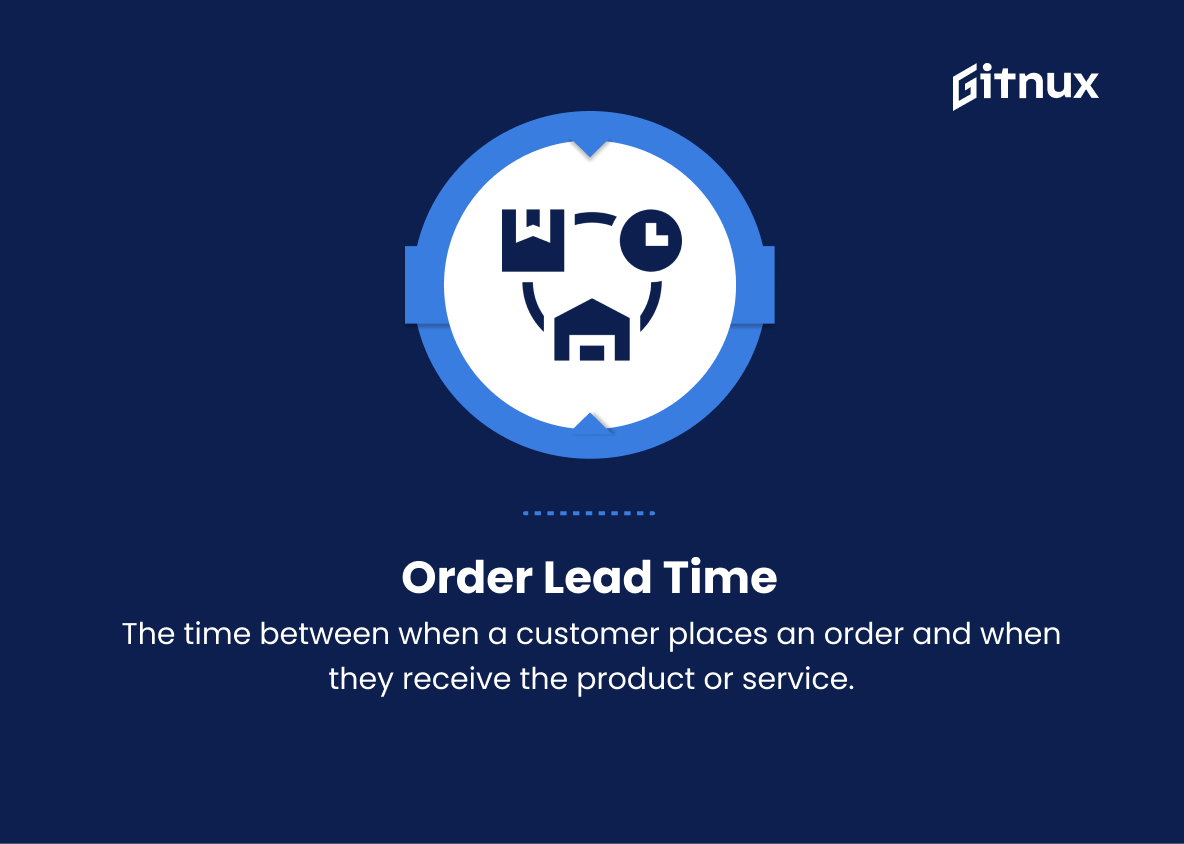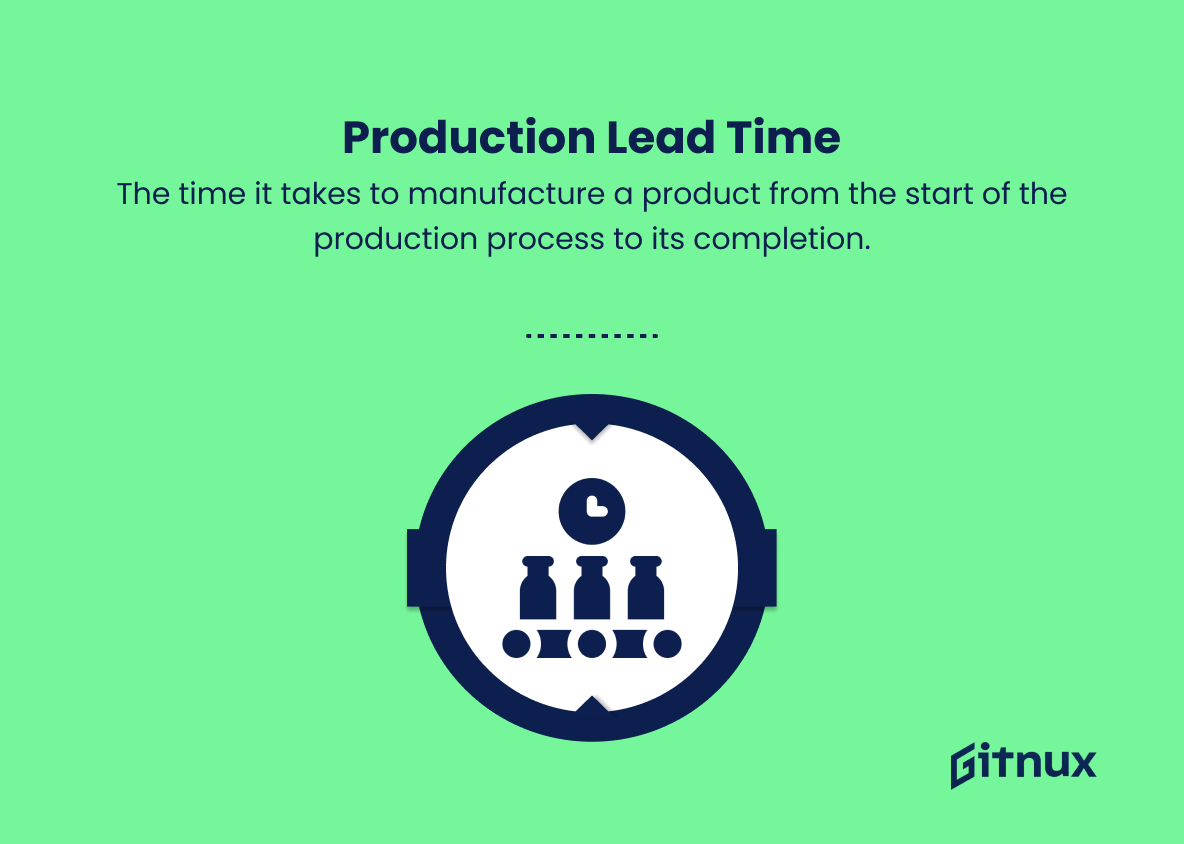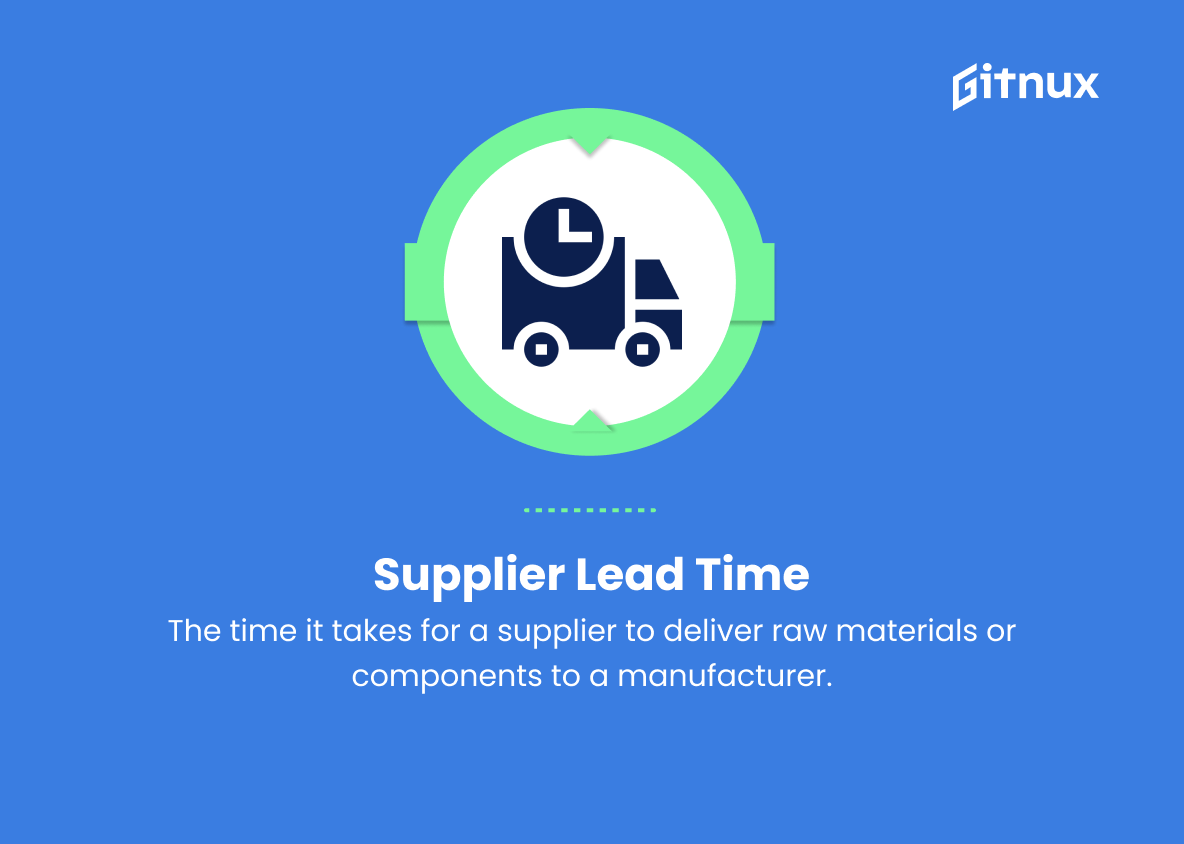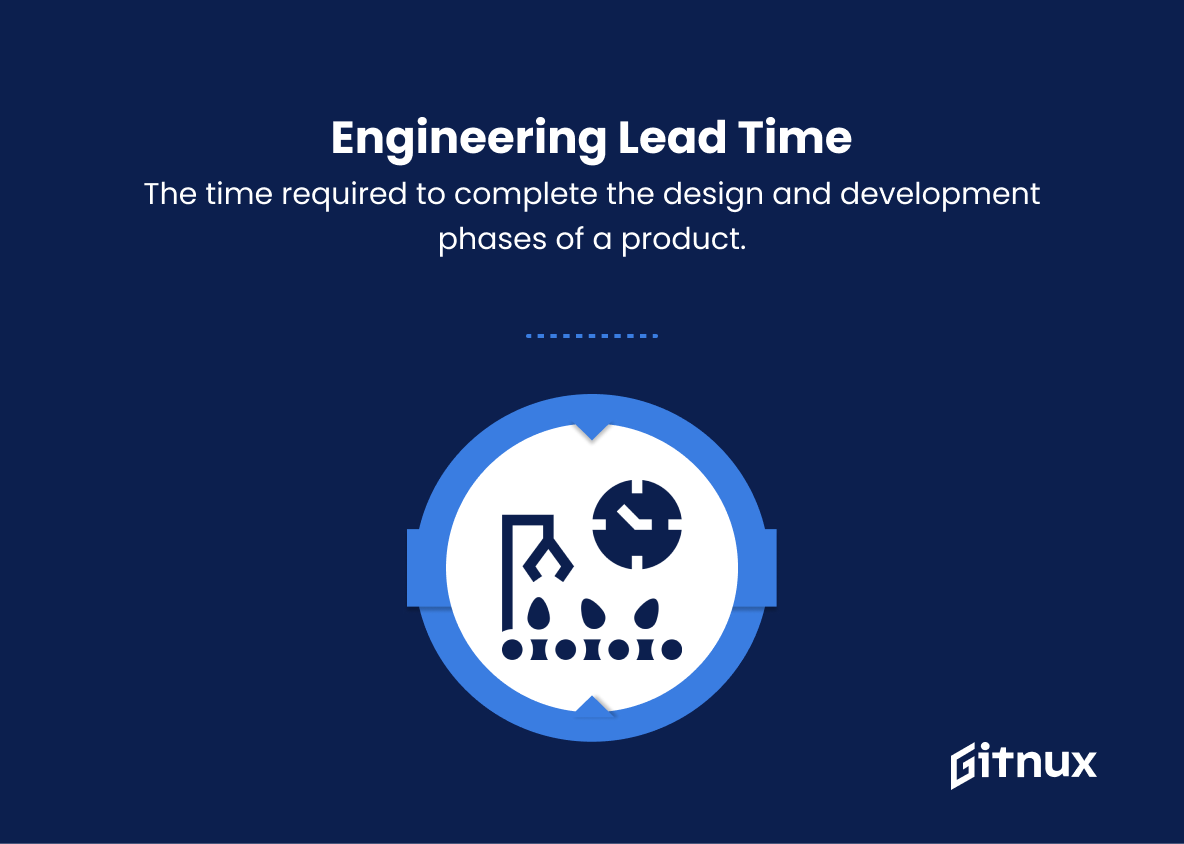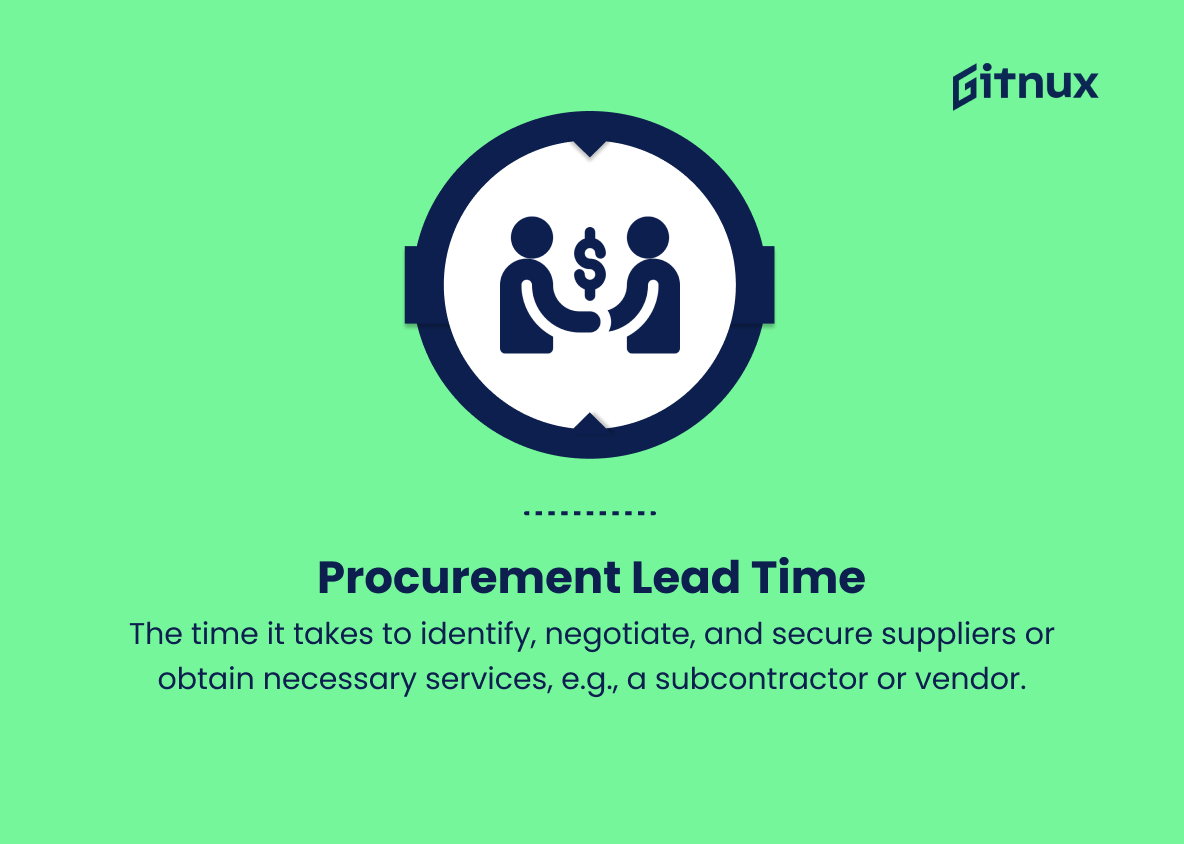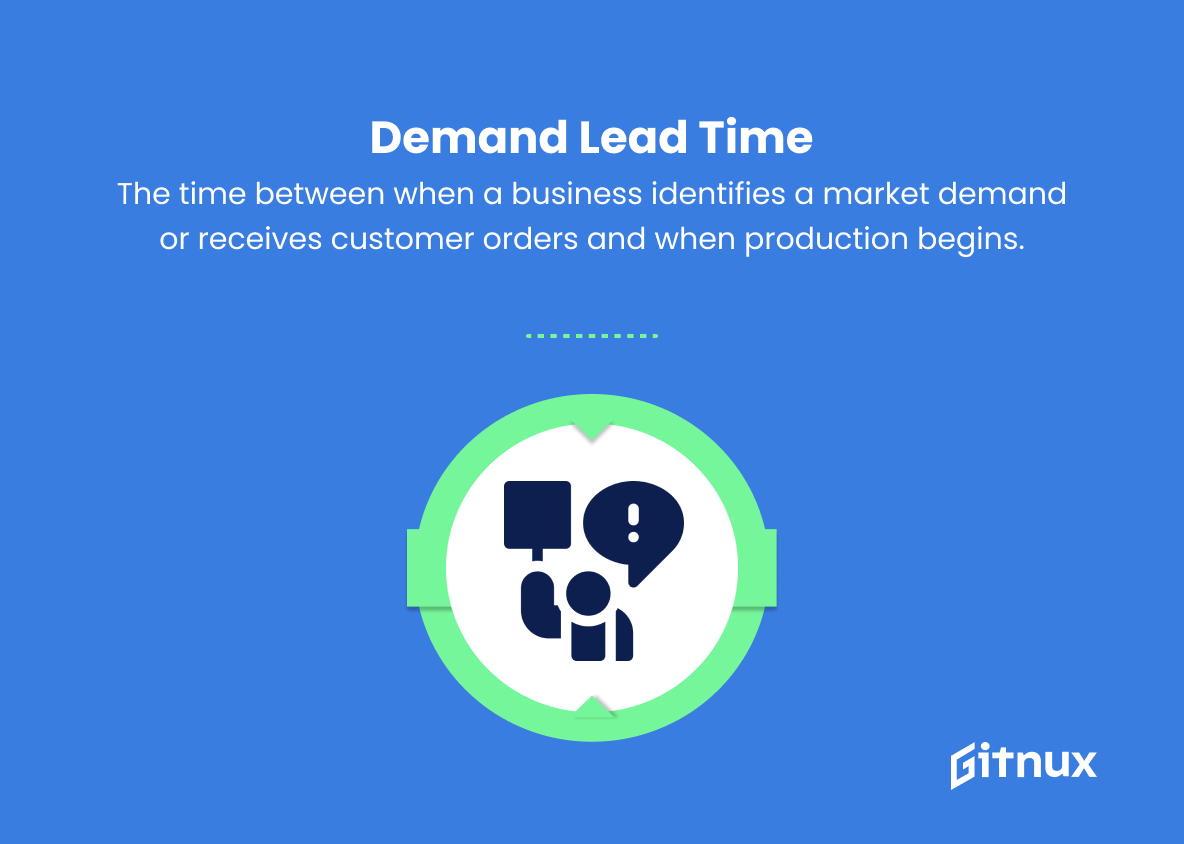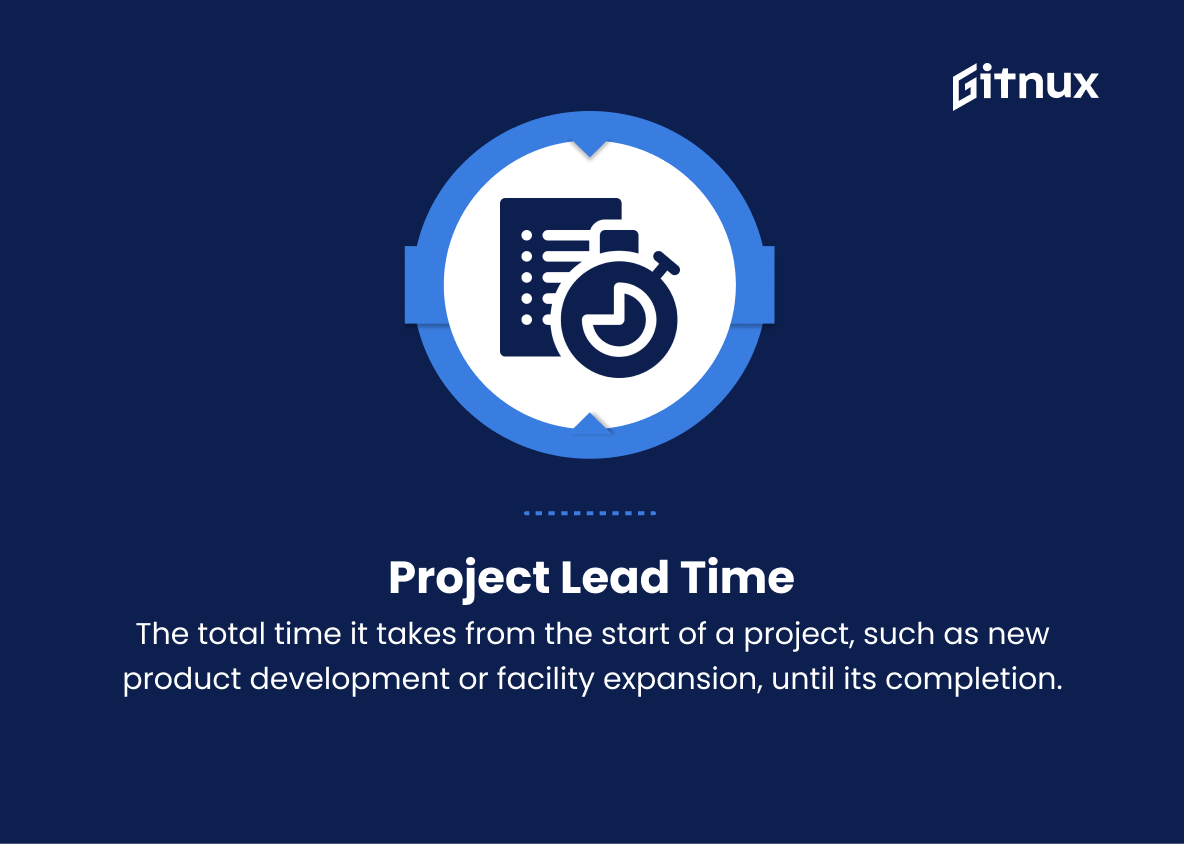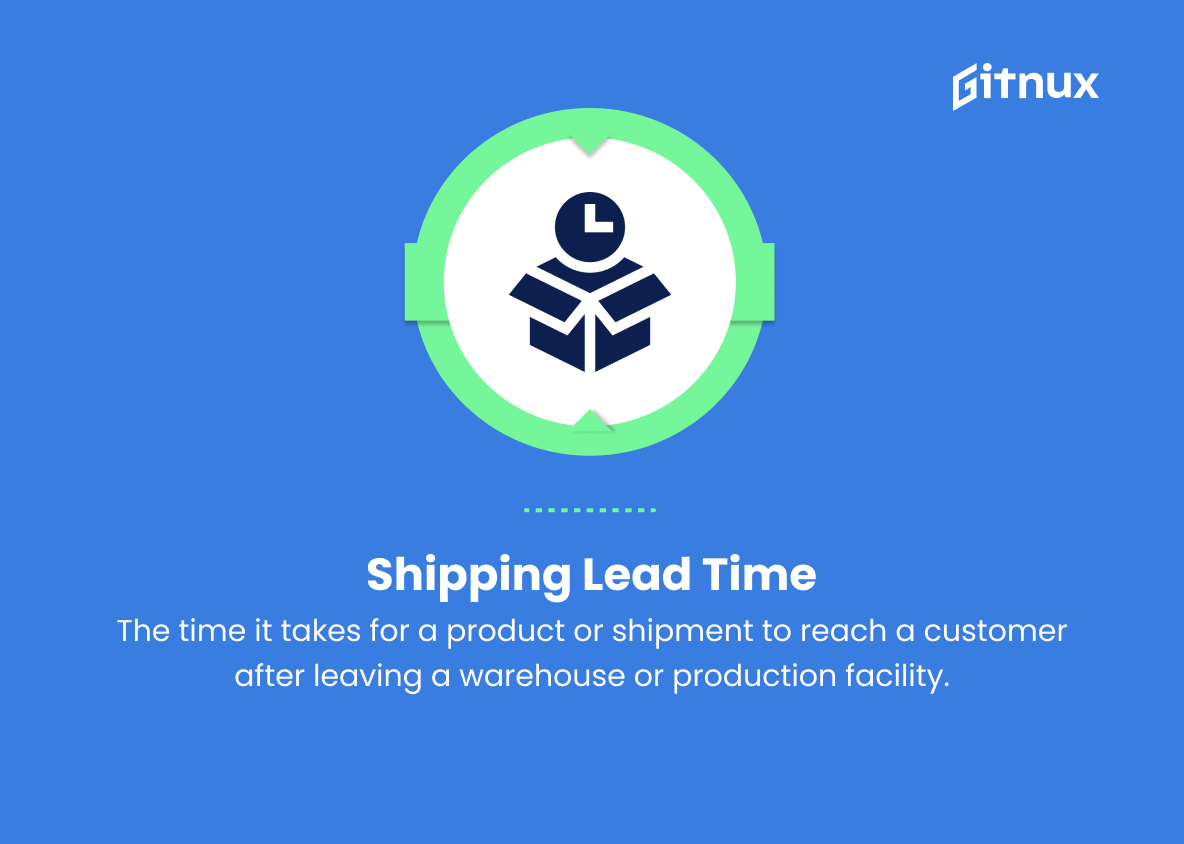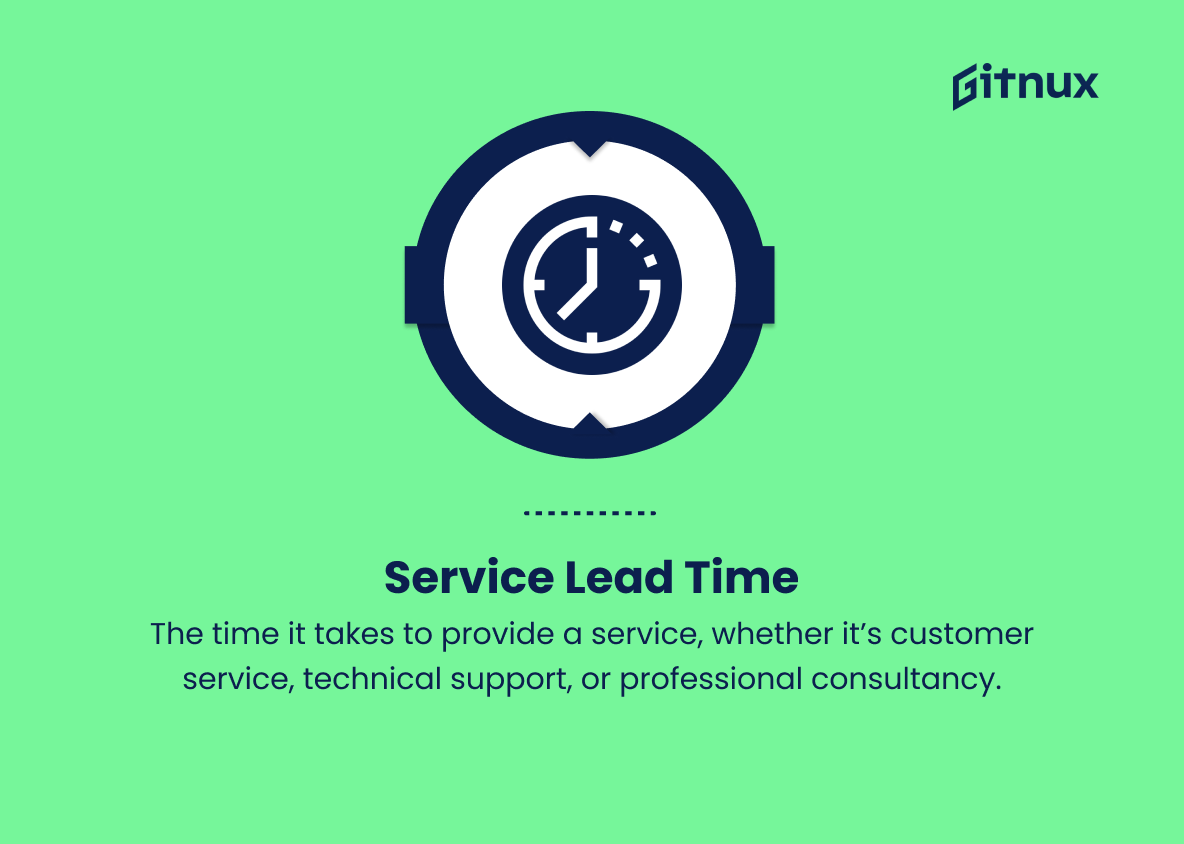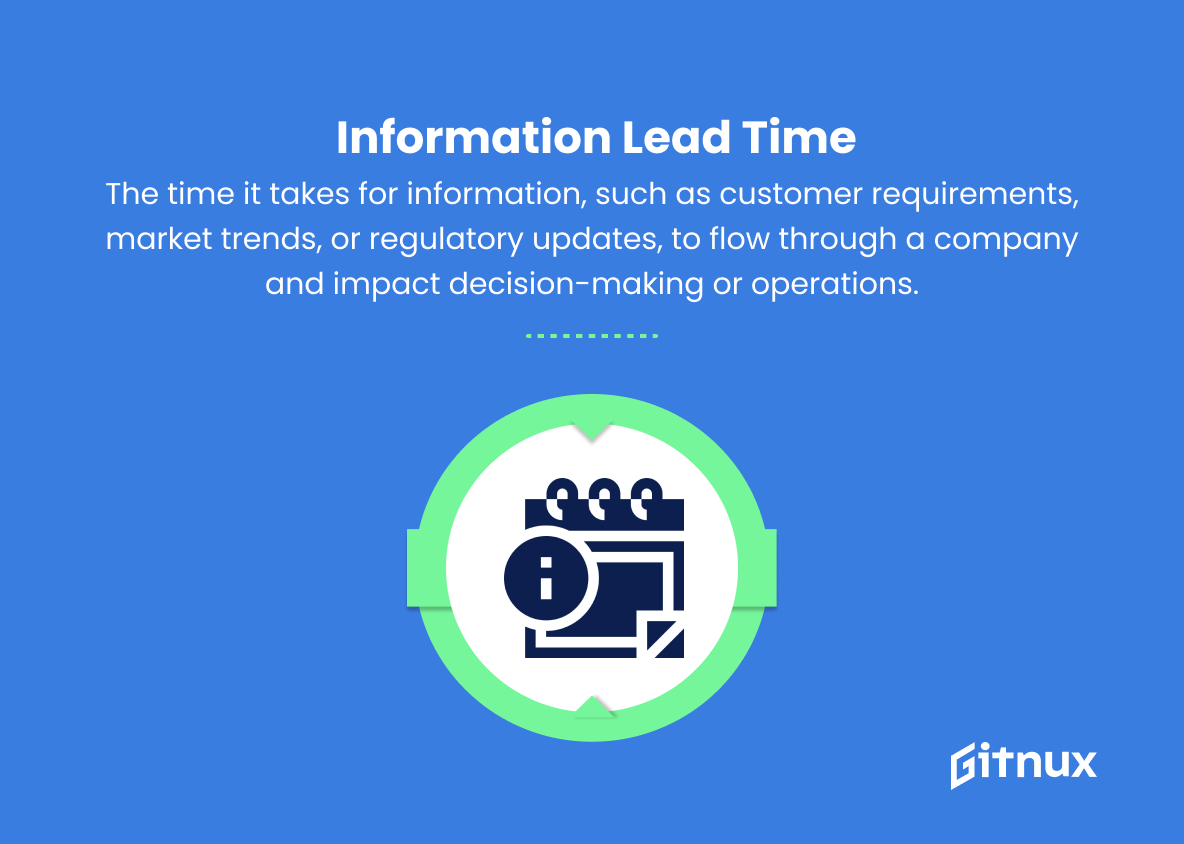In today’s fast-paced and highly competitive business environment, understanding and optimizing key performance indicators (KPIs) have become more crucial than ever. Among these vital metrics, Lead Time stands out as one of the most significant measures influencing a company’s efficiency, production capacity, and overall customer satisfaction.
This in-depth blog post will take a comprehensive look at Lead Time Metrics, shedding light on the importance of analyzing and improving these essential components to achieve sustainable growth, increase market share, and stay ahead of the competition. Join us as we delve into the world of Lead Time Metrics, and uncover the strategies and insights that will enable you to revolutionize your business operations and attain unprecedented success.
Lead Time Metrics You Should Know
1. Order Lead Time
The time between when a customer places an order and when they receive the product or service. This metric considers order processing, production, and delivery times.
2. Production Lead Time
The time it takes to manufacture a product from the start of the production process to its completion. This metric helps businesses plan their manufacturing processes and schedules.
3. Supplier Lead Time
The time it takes for a supplier to deliver raw materials or components to a manufacturer. This metric includes order processing, shipment, and transportation times from suppliers.
4. Engineering Lead Time
The time required to complete the design and development phases of a product. This metric is crucial for businesses developing new products and can impact overall product development timelines.
5. Procurement Lead Time
The time it takes to identify, negotiate, and secure suppliers or obtain necessary services, e.g., a subcontractor or vendor. This metric is essential for businesses to manage their supply chain efficiently.
6. Demand Lead Time
The time between when a business identifies a market demand or receives customer orders and when production begins. This metric ensures that production starts promptly to meet customer needs.
7. Project Lead Time
The total time it takes from the start of a project, such as new product development or facility expansion, until its completion. This metric helps companies track their projects’ progression and manage resources efficiently.
8. Cash-to-Cash Lead Time
The period between when a business pays for raw materials and when it receives payment from a customer. This metric helps companies understand their cash flow and working capital requirements.
9. Shipping Lead Time
The time it takes for a product or shipment to reach a customer after leaving a warehouse or production facility. This metric takes into account shipping methods, carriers, transit times, and potential delays.
10. Quality Lead Time
The time it takes to identify and resolve quality-related issues in production, including product inspection, testing, and rework or repair. This metric helps businesses monitor and improve their product quality and consistency.
11. Service Lead Time
The time it takes to provide a service, whether it’s customer service, technical support, or professional consultancy. This metric measures service efficiency and responsiveness to customers.
12. Information Lead Time
The time it takes for information, such as customer requirements, market trends, or regulatory updates, to flow through a company and impact decision-making or operations. This metric is essential for agility and adaptability in business environments.
Lead Time Metrics Explained
Lead Time Metrics play a crucial role in understanding and optimizing various aspects of business operations. Order, Production, Supplier, Engineering, Procurement, Demand, Project, Cash-to-Cash, Shipping, Quality, Service, and Information Lead Time metrics are all essential in assessing different stages of a product’s or service’s lifecycle. These metrics help companies plan their manufacturing processes, manage supply chains, monitor product quality, understand cash flow requirements, and make informed decisions in response to market or customer needs.
Efficiently managing lead times enables businesses to ensure smooth production, reduce delays, effectively allocate resources, and enhance the overall customer experience. In today’s rapidly changing business environment, a consistent understanding and analysis of these crucial metrics is crucial for any organization’s ongoing success and competitiveness.
Conclusion
In summary, understanding and implementing lead time metrics is crucial for businesses desiring to optimize their operations and improve customer satisfaction. By measuring the time it takes to convert raw materials into finished goods or to deliver services, organizations can identify bottlenecks, streamline processes, and make data-driven business decisions.
Adapting lead time reduction strategies and continuously monitoring these metrics will position your company for long-term success, ensuring that you are consistently meeting customer demands and staying competitive within your industry. Investing in the mastery of lead time management will ultimately lead to valuable returns, proving to be an indispensable tool for sustained growth and a thriving business.
